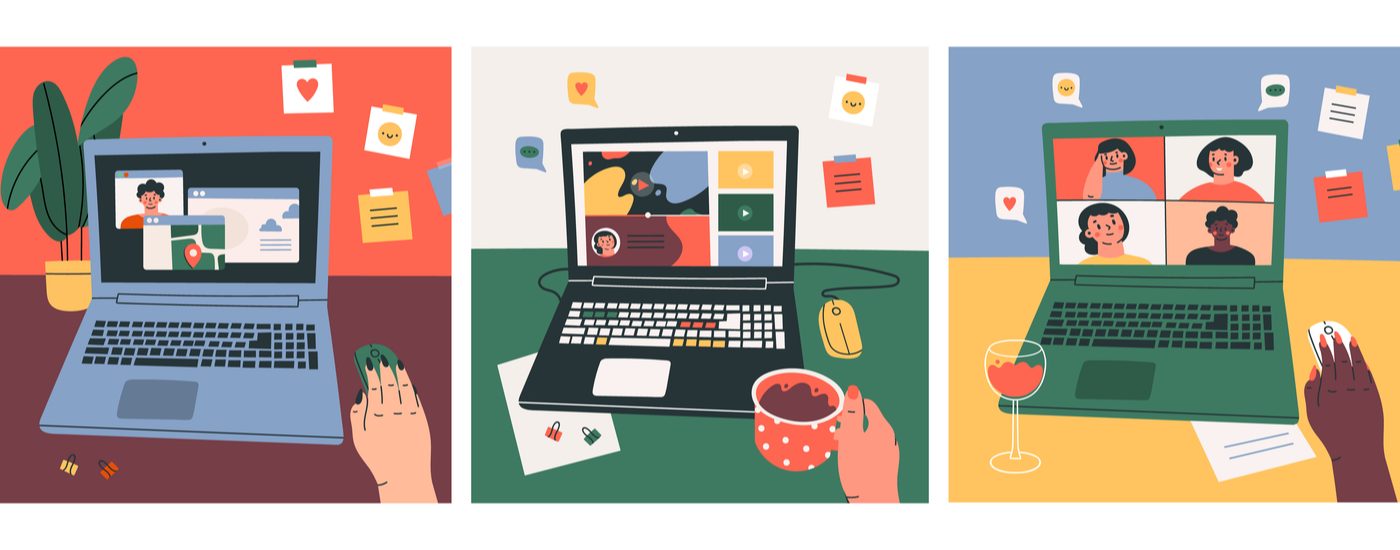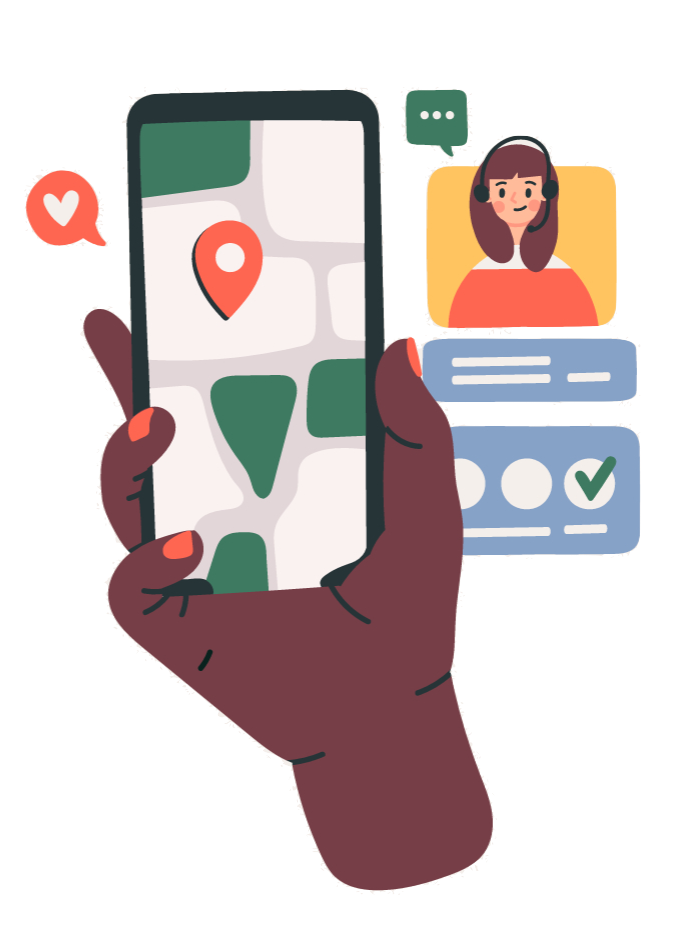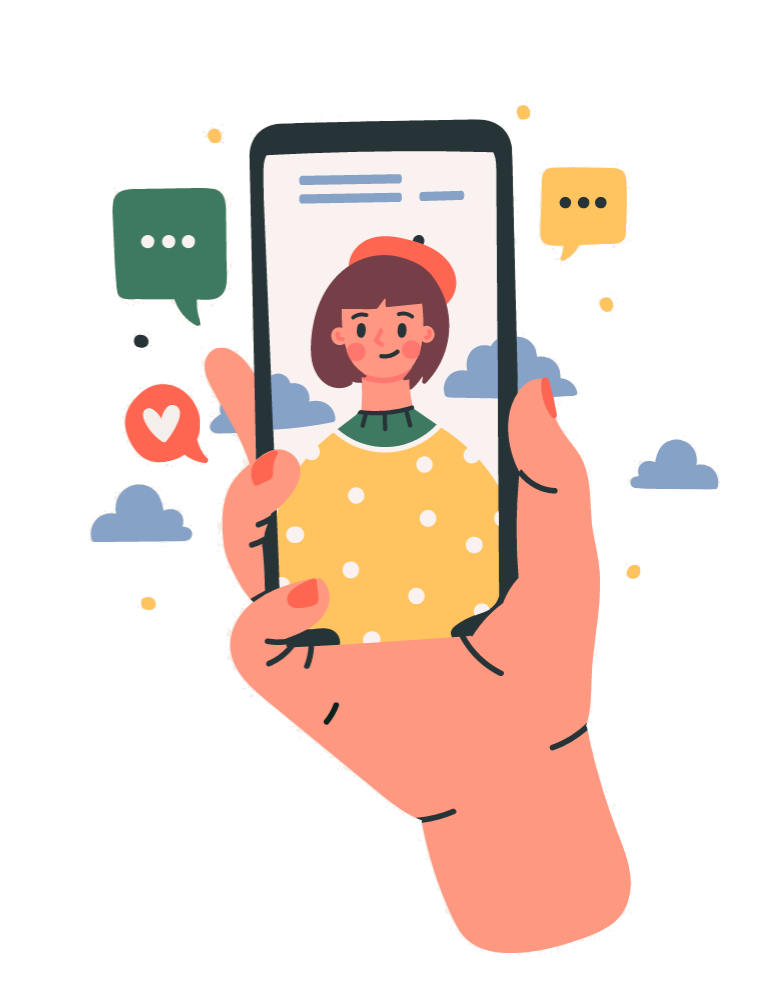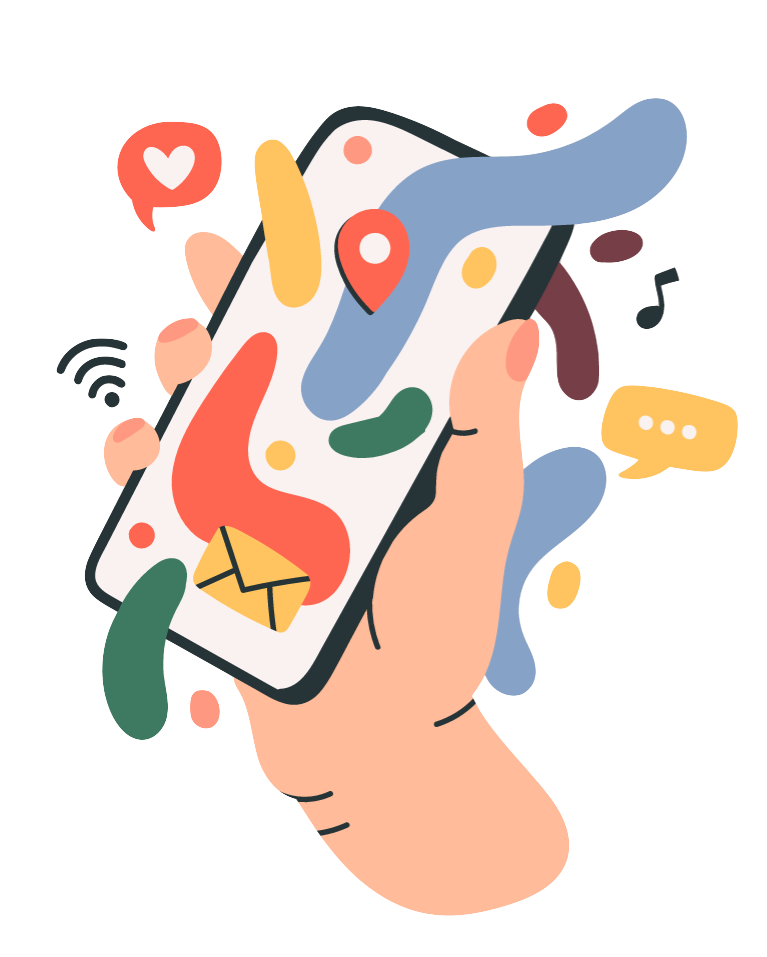How to Get Leadership Buy-in for Accessibility
Updated: March 30, 2021
The key to getting leadership buy-in for accessibility is to show that it benefits everyone, both people with and without disabilities.
It’s time to radically reframe accessibility and universal design for learning (UDL) away from a disability-only mindset. Accessibility allows all audiences to engage, share information, and demonstrate skills in more than one way. It creates an experience that supports persistence, retention, and satisfaction among audiences.
Your Leaders are Listening
In the ACCESS at Home session, Your Leaders are Listening: Accessibility in the Time of COVID-19, Thomas Tobin from the University of Wisconsin-Madison covers how to…
- Create executive-format messaging that describes time-saving learning interactions that encourage innovative ideas and encourage persistence, retention, and satisfaction.
- Define evidence that shows how inclusive design gives learners more time and options for study and practice in their busy days.
- Re-frame conversations about accessibility toward the broad applicability of access via emerging technologies.
In our newly remote world, there is no better time than now to obtain advocacy and support from your campus and organizational leaders.
What is Universal Design for Learning?
Universal Design for Learning is a reframing of accessibility for learning environments and isn’t defined in any one way. Some may say it’s a way to connect with all learners, while others might describe it as a way to level the instructional playing field.
UDL is mainly about allowing learners to engage, interact, demonstrate skills, and learn new information in more than one way.
Instead of waiting for accommodation requests or handling accessibility on an individual basis, UDL aims to provide multiple means of learning engagement from the onset, in which everyone can participate. For instance, a UDL environment would provide captions for videos, transcripts for audio podcasts, alternative text for images, and audio description for images in presentations.
Why UDL? Why Now?
UDL is not just for disability service professionals in education. It’s also for instructors, department chairs, and even those working in the industry and business sectors.
There’s no better time than now to begin implementing accessible and UDL practices, particularly in a world where virtual work and learning have become the norm. Colleges, universities, and businesses are wondering how to prepare for and sustain remote conversations, training, and instruction in the long run.
In truth, online access barriers create unproductive remote workspaces for everyone. Accessibility and UDL allow everyone to engage, to stay focused, and to remain invested in virtual learning and working environments.
While we continue to operate in remote-only environments, accessibility and UDL advocates are poised to talk to institutional leaders to shed light on the value of online accessibility for those with and without disabilities.
The Challenge with Getting Leadership Buy-In for Accessibility
Accessibility is often regarded as something that only benefits people with disabilities. However, this idea can negatively affect accessibility’s legitimacy since senior leadership may think of it as something that only helps a small percentage of people.
Leaders may ask why they should invest time and resources into accessibility if only a few will benefit. UDL does benefit learners with disabilities, and it’s important to design for inclusion’s sake. However, it’s a misconception that UDL doesn’t aid all learners.
Accessibility advocates must reframe the benefits of UDL by talking to their leaders in a way they will understand. Those in leadership roles care about three things: persistence, retention, and satisfaction among audiences, whether that be students, employees, or a broader audience. The best way to gain leadership buy-in for accessibility is to speak their language and to highlight that UDL positively impacts each of those factors.
Tips for Reframing UDL and Getting Leaders On Board
One thing to consistently reiterate to decision-makers is that UDL is not about meeting legal requirements; it’s about offering people choices and removing access barriers for everyone. It provides multiple ways to engage, share information, and demonstrate skills, and in turn, creates an experience that supports persistence, retention, and satisfaction.
When introducing UDL to leaders, keep it simple, and avoid suggesting a complicated implementation plan.
Instead, speak about UDL as “plus one thinking.” If there is one way for interactions to happen in a learning environment, make one more way. For example, if a student can read a material, “plus one thinking” would introduce the opportunity for students to also listen to that material.
“Plus one thinking” doesn’t force leaders to think ahead for every possibility of greater accessibility for interactions. Instead, it encourages lowering barriers one interaction at a time, thus steadily moving towards a more accessible environment that’s conducive to better learning for all.
Watch the full session recording, Your Leaders are Listening: Accessibility in the Time of COVID-19.









